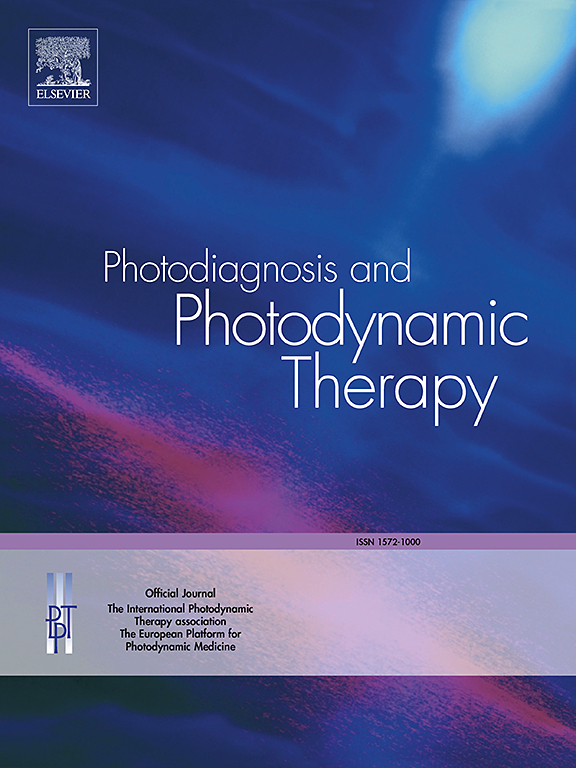在U-Net中深入研究视网膜血管分割的迁移学习:一个广泛的超参数分析
IF 3.1
3区 医学
Q2 ONCOLOGY
引用次数: 0
摘要
血管分割带来了许多挑战。首先,血管往往缺乏足够的背景对比度,阻碍了准确的鉴别。此外,血管的重叠特性使分离单个血管变得复杂。此外,血管厚度和分支结构的变化进一步增加了分割过程的复杂性。这些障碍需要强大的算法和技术在医学成像应用中有效的血管分割。与传统的卷积神经网络(CNN)相比,U-Net及其替代品已经表现出了卓越的性能。本研究提出了一种基于迁移学习的视网膜血管分割方法。我们提出了VGG16 U-Net、VGG19 U-Net、ResNet50 U-Net、MobileNetV2 U-Net和DenseNet121 U-Net等模型,这些模型使用预训练模型作为U-Net架构中的编码器。我们使用优化器Adam、随机梯度下降(SGD)和RMSProp研究了预训练模型在DRIVE数据集上的性能。结果表明,采用Adam优化器的模型效果较好。评价结果显示,ResNet50 U-Net的特异性最高,为0.9875,MobileNetV2 U-Net的召回率最高,为0.8056,DenseNet121 U-Net的准确率最高,为0.9689。VGG16 U-Net和MobileNetV2 U-Net的骰子系数为0.849。本文章由计算机程序翻译,如有差异,请以英文原文为准。
Delving into transfer learning within U-Net for refined retinal vessel segmentation: An extensive hyperparameter analysis
Blood vessel segmentation poses numerous challenges. Firstly, blood vessels often lack sufficient contrast against the background, impeding accurate differentiation. Additionally, the overlapping nature of blood vessels complicates separating individual vessels. Moreover, variations in the thickness of vessels and branching structures further augment complications to the segmentation process. These hurdles demand robust algorithms and techniques for effective blood vessel segmentation in medical imaging applications. The U-Net and its alternates have demonstrated exceptional performance related to conventional traditional Convolutional Neural Network (CNN). This study proposes a novel approach for retinal vessel segmentation through transfer learning. We proposed models such as VGG16 U-Net, VGG19 U-Net, ResNet50 U-Net, MobileNetV2 U-Net and DenseNet121 U-Net that employ pretrained models as encoders in U-Net architecture. We investigated the performance of pretrained models on DRIVE datasets with the optimizers Adam, Stochastic Gradient Descent (SGD) and RMSProp. The results revealed that models with Adam optimizer have shown better results. The evaluated results demonstrated that ResNet50 U-Net achieved the highest specificity of 0.9875, MobileNetV2 U-Net achieved a recall of 0.8056 and DenseNet121 U-Net attained an accuracy of 0.9689. VGG16 U-Net and MobileNetV2 U-Net have attained a dice coefficient of 0.849.
求助全文
通过发布文献求助,成功后即可免费获取论文全文。
去求助
来源期刊

Photodiagnosis and Photodynamic Therapy
ONCOLOGY-
CiteScore
5.80
自引率
24.20%
发文量
509
审稿时长
50 days
期刊介绍:
Photodiagnosis and Photodynamic Therapy is an international journal for the dissemination of scientific knowledge and clinical developments of Photodiagnosis and Photodynamic Therapy in all medical specialties. The journal publishes original articles, review articles, case presentations, "how-to-do-it" articles, Letters to the Editor, short communications and relevant images with short descriptions. All submitted material is subject to a strict peer-review process.
 求助内容:
求助内容: 应助结果提醒方式:
应助结果提醒方式:


